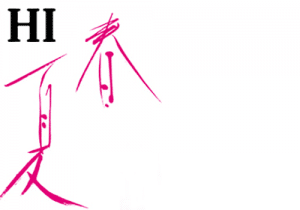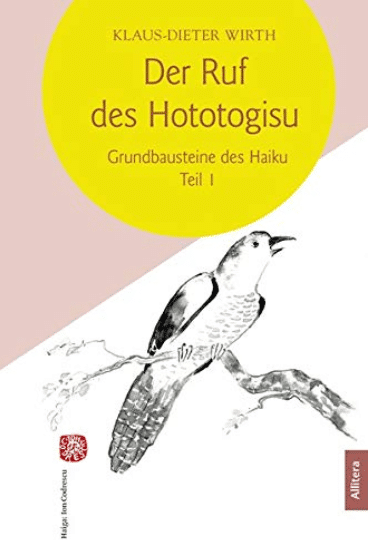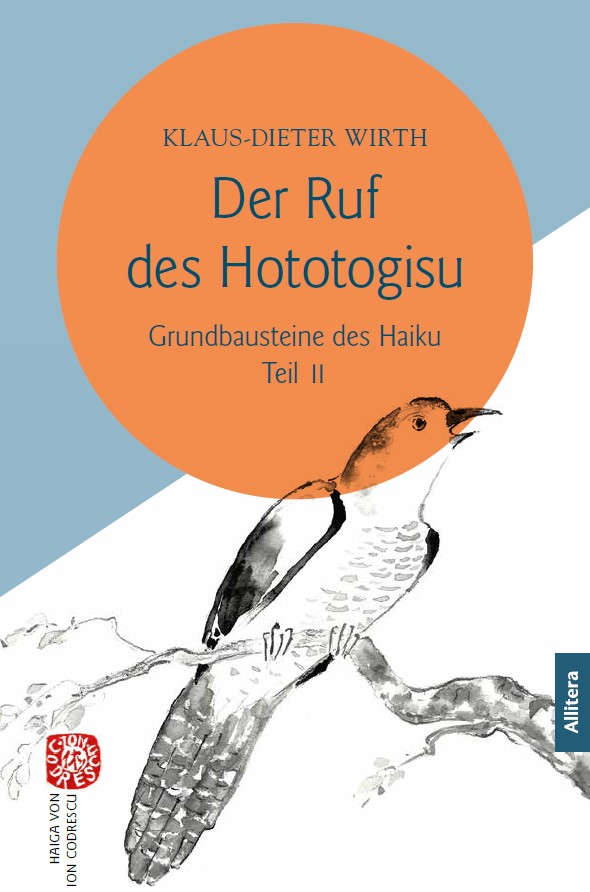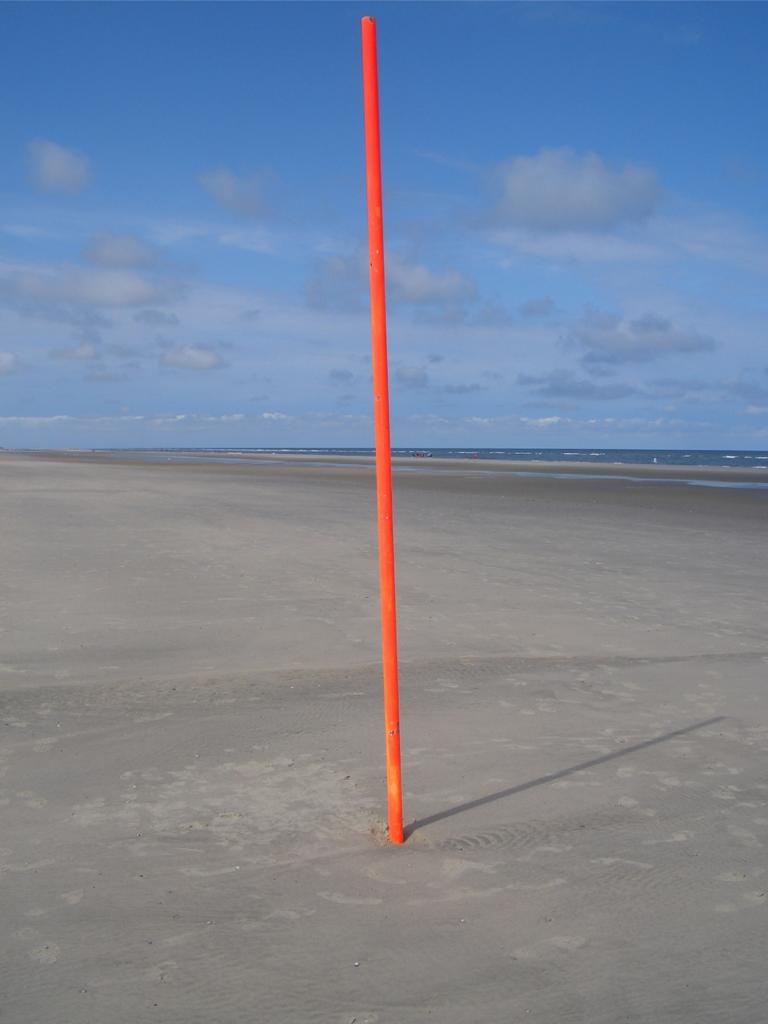Ausgewählte Haiku
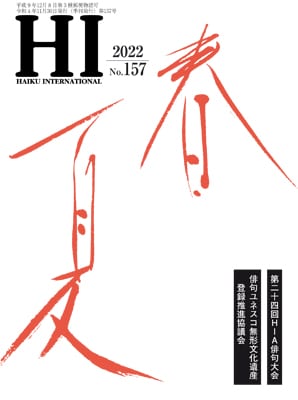 Übersetzungen der Haiku: eine Zusammenarbeit von Emiko Miyashita, Claudia Brefeld und Eva Moering
Übersetzungen der Haiku: eine Zusammenarbeit von Emiko Miyashita, Claudia Brefeld und Eva Moering
»Hier können Idee und Hintergrund zu diesem Projekt nachgelesen werden.
Auswahl und Kommentierung von
NAKAMASA Iwaoka, HIA Vice President
Battlefield
I swat midge after midge
with a stick戦場 / 次々とコバエを / 棒切れでたたく
senjō / tsugitsugi to kobae o / bōkire de tataku
Schlachtfeld
Ich bekämpfe Mücke um Mücke
mit einem StockGARDINER, Tim (U.K.) ガーディナー、ティム (イギリス)
Auch heute, im 21. Jahrhundert, wütet noch der Krieg. Am Anfang wird plötzlich das Wort „Schlachtfeld“ gerufen, gefolgt von der Frustration, mit der der Autor wie wild die kleinen Mücken zerquetscht, die an ihm kleben. Die Hitze und die Todesangst in den Schützengräben einer festgefahrenen Kriegsfront, die erstickende Anspannung und Wut werden sofort zu einem Haiku, und das Dröhnen der Granaten und der Luftstoß scheinen dicht an den Körper des Betrachters heranzurücken. Die äußere Anspannung und die innere Angst und Wut werden in diesem Haiku, das den typischen Realismus des Haiku aufweist, unmittelbar eingefangen. Es ist ein Werk, in dem der Autor über die Unvernunft des Krieges wütet und auf eine Rückkehr zum friedlichen Alltag hofft.
啓蟄やZoomに並ぶ友の顔
keichitsu ya / Zūmu ni narabu / tomo no kao
Keichitsu*
Gesichter von Freunden
aufgereiht auf Zoom結菜やよひ YUNA Yayohi
*keichitsu = Erwachen aus dem Winterschlaf, Erwachen der Insekten – ca. 6. März
Dies ist ein entzückendes Haiku, eine klangvolle Feier der Wiedergeburt des Lebens. Es ist jedoch nicht nur witzig, sondern zeigt einen großen Sinn für Humor, der die Freude am „keichitsu“ (Erwachen der Insekten), einer Hymne an das Leben, umfasst. Es war ein Zoom-Treffen am Tag des „keichitsu“ und mitten in der COVID-Katastrophe ist der Autor überrascht und glücklich, als die Gesichter seiner Freunde nacheinander auf dem Bildschirm erscheinen, wie Insekten, die der Erde entspringen. Das Haiku ist ein Gedicht über die täglichen Grüße und Freuden, die das Leben mit sich bringt.
Mountains
are the waves
frozen山々は / 凍りついた / 波だ
yamayama wa / kōritsuita / nami da
Die Berge
sind gefrorene
WellenERKHEMBAYAR, S. (Inner Mongolia) エルヘムバヤル (内モンゴル)
Der Reiz dieses Werks besteht darin, dass die Emotion direkt erfasst und mit der größtmöglichen Verkürzung ausgedrückt wird. Es ist die Emotion selbst. Der intuitive Ausdruck „die Berge sind gefrorene Wellen“ ist wie eine Offenbarung des Universums, und in dem Moment, als der Autor diese Worte aussprach, wurde er eins mit dem Universum. Das Werk spiegelt den überwältigenden Eindruck wider den der Autor hatte, als er von der göttlichen Schönheit der eisigen Berge überwältigt wurde, die sich hinter den endlosen Steppen der Inneren Mongolei erhoben. Faszinierend ist auch die Stille der Berge, die noch zu sehen ist, nachdem der Autor „Wellen“ gesagt hat.
熱帯魚会議平行線のまま
nettaigyo / kaigi heikō-/sen no mama
Tropische Fische –
die Sitzung bleibt
ohne Einigung
宮田 勝 MIYATA Masaru
Die „tropischen Fische“ sind cool und farbenfroh, und die „Sitzung“ ist endlos. Dem Autor ist es gelungen, die beiden Wörter zu kombinieren. Die tropischen Fische sind schon lange stumm, aber die „parallele“, ergebnislose Sitzung hat den Punkt der hitzigen Diskussion überschritten und neigt nun dazu, zu schweigen. Es macht Spaß, sich die Situation auf verschiedene Weise vorzustellen. Das unbeständige Ende dieses Satzes, „mama“ (remains unresolved), drückt auch die besorgten Gedanken gut aus.
The baggy jacket
of my passed husband
cozy and warm亡き夫の / 大きな上着 / 暖かし
naki tsuma no / ōkina uwagi / atatakashi
Die ausgebeulte Jacke
meines verstorbenen Mannes
kuschelig und warmKURODA, Motoko (U.S.A.) 黒田素子 (アメリカ)
„Schlichtheit“ ist der wichtigste Aspekt eines Haiku. Allerdings unterscheidet sich „schlicht“ von „gewöhnlich“. Im Haiku sind poetische Intuition und Unmittelbarkeit wichtig, und dieses Haiku hat beides. Die Autorin zieht die Jacke ihres verstorbenen Mannes an und hat sofort das Gefühl, von ihm umarmt zu werden. Es ist die „Wärme“ des Frühlings. Der Rhythmus dieses Haiku ist gut, die große Jacke ist sichtbar, und die körperliche Wärme des Ehemanns ist in diesem Werk zu spüren.
Und hier fünf weitere Haiku – ausgesucht von Emiko Miyashita
ランドセル靴もパープル一年生
randoseru / kutsu mo pāpuru / ichinensei
Sowohl Schultasche
als auch Schuhe sind lila …
ein Erstklässler今泉かの子 IMAIZUMI Kanoko
こひのぼりつけて風切る三輪車
koinobori / tsukete kazekiru / sanrinsha
mit einer Karpfen-Fahne*
fährt das Dreirad
gegen den Wind杉山やよひ SUGIYAMA Yayoi
*Windsack in Karpfengestalt, die beim Knabenfest am 5.5. gehisst wird
赤とんぼ連れて吊橋渡りけり
akatonbo / tsurete tsuribashi / watari keri
begleitet
von einer roten Libelle
überquere ich die Hängebrücke永井弘子 NAGAI Hiroko
水中の風やはらかし金魚の尾
suichū no / kaze yawarakashi / kingyo no o
Unterwasser
im sanften Wind
die Flosse des Goldfischs白根順子 SHIRANE Junko
抽斗の真珠に春の波の音
hikidashi no / shinju ni haru no / nami no oto
In der Schublade
der Klang der Perlen
wie Frühlingswellen各務恵紅 KAKAMI Keiko


